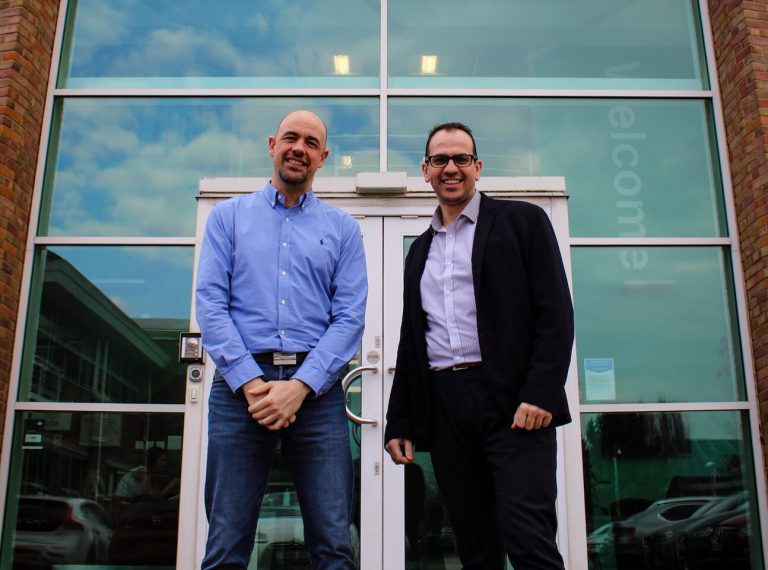INTERNATIONAL M&E consultancy CPW has further expanded its operations and appointed two accomplished acousticians. Jon Willmott now heads up the newly formed acoustics department, with the support of senior acoustics consultant James Large, in order to meet the growing demand across multiple sectors for acoustic input. Jon, who has been in the industry for more than 20 years, has assumed the position of associate director and head of acoustics following successful tenures at several other major consultancies, where his expertise took him as far as the Middle East for the FIFA 2022 preparations. The acoustics department is a complementary service to CPW’s MEP consultancy and provides specialist advice on all aspects of the acoustics, noise, and vibration in the built environment. Based primarily at CPW’s Manchester office, Jon is tasked with offering specialist advice on projects across the UK as well as growing the team and client base. He said: “It’s been incredibly busy since joining CPW and taking on the responsibility of the acoustics department, but I’ve enjoyed every minute. “CPW’s work culture and values immediately drew me in. The forward-thinking nature of its employees and collaborative approach to solving problems within the built environment is something we’re keen to continue nurturing. Following a raft of new project appointments, we’re looking to grow the team and take on engineers across a range of positions. “This is a really exciting time for CPW following a companywide rebrand and the expansion of four offices, so further investing in the acoustics team will offer our clients even more added value on projects. As a business we are continuing to invest in the acoustic tools and software to enable exciting 3D modelling and auralisations. However, our core objective is to produce cost-effective practical design solutions to our clients, and communicate these in jargon-free, plain-English.” James, who has worked alongside Jon previously in his career, will also play a key role in driving the department’s future growth strategy. He brings nine years of industry experience to the team, having worked on several high-profile developments such as the refurbishment of Waterloo Train Station. James said: “I’m really pleased to be part of CPW’s new acoustic department. There are so many exciting opportunities on the horizon, and the acoustics team is already home to vast amounts of technical expertise ready to be put to good use for CPW’s growing customer base.” Having noticed the increased demand for acoustic services from the healthcare, education, residential and commercial sectors, CPW expects the department to quickly grow and complement its existing team of experts specialising in sustainability within the built environment. Antonios Agapakis, director at CPW, added: “I recognised that we needed an acoustics expert to head up our new specialist department – and to have Jon join us is a real win for the business. We’re delighted to build on our in-house capability, which will be bolstered by James’ expertise and support. “The department serves as a ‘one-stop shop’ for clients, offering peace of mind through both challenging regulation adaption and design recommendation. As we grow this new arm of the business, we look forward to expanding the team and furthering our service offering, whilst providing opportunities to the next generation of acoustic specialists.” Understanding that noise and poor acoustics can have wide-reaching implications on health and wellbeing, the acoustics department offers a range of services such as environmental noise impact assessments, acoustic modelling, sound insulation testing and BREEAM noise assessments – all of which add to the depth off offering to clients. CPW is an international M&E consultancy with more than 250 staff based across 11 offices – including Bristol, Derby, Huntingdon, Leeds, Leicester, London, Manchester, Nottingham, and Solihull as well as Poland and India – specialising in designing and integrating a full range of energy solutions into existing and new buildings. For further information visit www.cpwp.com or follow @CPWengineering on social media.






